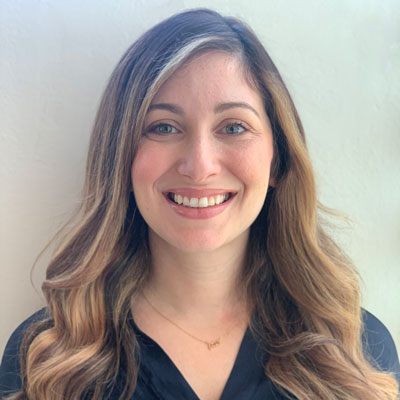Stroke Prevention for At-Risk Patients: A Neurologist’s Perspective
By TeleSpecialists neurologist, Dr. Joshua Johnson
Many people are at risk of having a stroke. Common medical problems such as high blood pressure, diabetes, high cholesterol, atrial fibrillation, or a history of heart attack increase stroke risk. These conditions may cause harmful clots to interrupt blood flow to the brain, causing stroke symptoms, including weakness, numbness, difficulty with speaking or comprehension, trouble swallowing, vision problems, or inability to walk. If blood flow is quickly restored to the brain, symptoms can resolve; however, if blood flow to the brain is prevented for too long, brain tissue will die, and stroke symptoms will be permanent.
How to prevent a stroke
Prevention is the most effective stroke treatment because strokes can be permanent and disabling. In addition, strokes are not inevitable, yet many people with stroke risk factors remain stroke-free. Good control of high blood pressure, diabetes, high cholesterol, and atrial fibrillation will significantly reduce the chance that a stroke will occur. Your primary care physician can guide you on controlling these risk factors.
Medications for stroke prevention
Some medications can help prevent strokes even if they do not directly treat high blood pressure or diabetes. Aspirin, for example, is an old but powerful and frequently used stroke prevention medication that reduces the chance of dangerous blood clots forming in the arteries. Other so-called “anti-platelet medications,” such as clopidogrel, or blood thinners (anticoagulants), have been shown in extensive scientific trials to prevent strokes when used in the right circumstances.
Other Stroke Prevention Strategies
There are other effective strategies for reducing stroke risk. Perhaps the simplest and most effective treatment is regular exercise, which can improve high blood pressure, diabetes, and high cholesterol. Exercise helps with weight loss, which reduces stroke risk, as well. In addition, smoking cessation has an enormous and beneficial effect on stroke risk. Finally, treating obstructive sleep apnea improves heart health and reduces the chance of having a stroke.
If you develop symptoms that may be due to stroke—sudden onset of weakness, numbness, speaking trouble, vision changes, or difficulty walking or swallowing—it is best to call an ambulance or go directly to the ER, where a medication or procedure may be used to treat the harmful clot causing the stroke. Such treatments, however, must be used within a short time frame, and the sooner a physician can evaluate the symptoms, the more treatment options become available to you. Even if you have a transient ischemic attack (TIA—or a “mini-stroke”) or your stroke symptoms resolve, you should still seek medical help quickly. After a TIA, there is a high short-term risk of a second and potentially permanent stroke.
Work With Your Primary Care Team
Work with your primary care physician to control risk factors to keep yourself stroke-free for life. If you develop stroke-like symptoms—even if you are uncertain that they are due to a stroke—get to an emergency room quickly.











